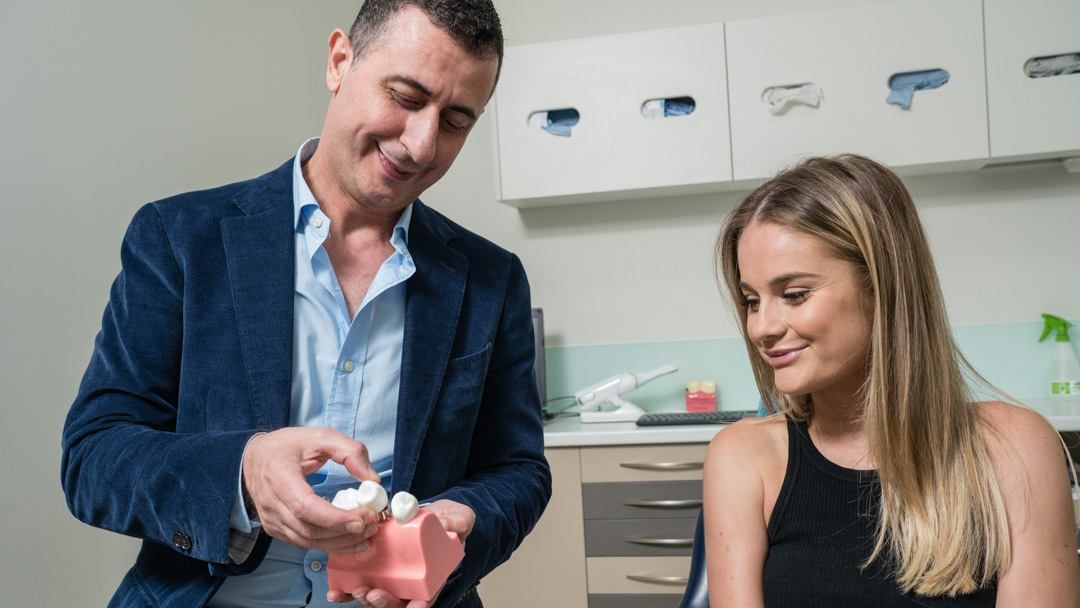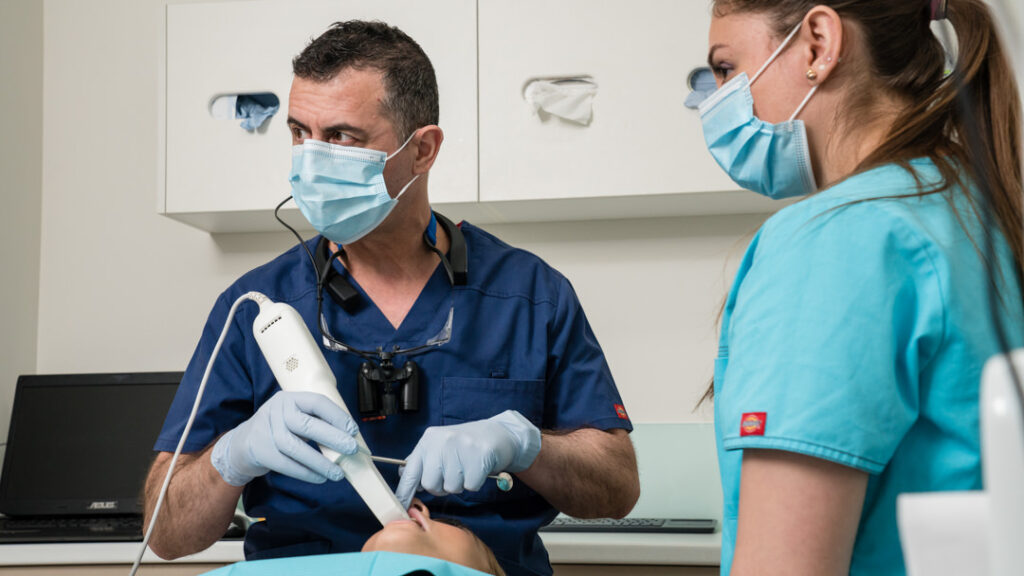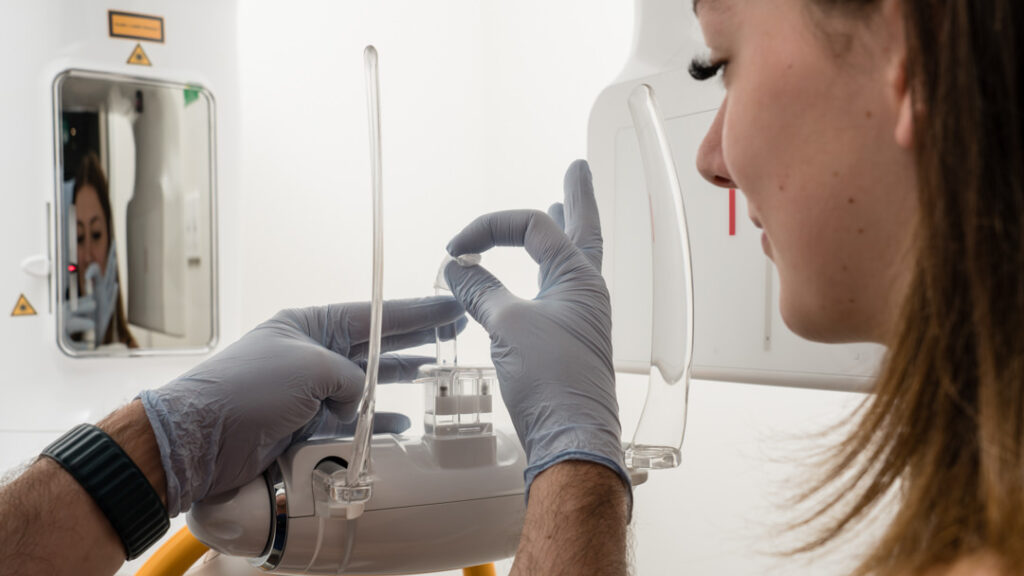
Dental Crowns For Loose Teeth: Is It Recommended?
Are you considering dental crowns to deal with your loose teeth?
If so, you might want to pause for a moment and weigh up all your options first. While dental crowns have long been the go-to solution for such issues, they may not always be the optimal choice.
In fact, in certain cases, they could even worsen the situation.
Understanding Tooth Mobility
Tooth mobility or tooth instability can often be the result of various factors such as bone tissue loss, occlusal trauma, or excessive biting forces.
When you lose enough bone tissue around your teeth due to periodontal disease, it can lead to loose teeth. Periodontal disease is a common issue that not only affects your gums but also the bones that hold your teeth in place.
Furthermore, occlusal trauma, which refers to injury resulting from bite forces exceeding your teeth’s ability to withstand them, can also contribute to tooth instability.
Additionally, routine forces – these are excessive biting forces beyond the normal range caused by habits like grinding or clenching your teeth – can cause signs of trauma leading to loosened teeth. The constant pressure weakens the supporting structures of the tooth, including the bone, leading to its loss over time.
So, if you notice any signs of trauma such as pain or discomfort when chewing or brushing, sensitivity to hot and cold foods and beverages, or visible changes in the position of your teeth, then it’s likely you could have some degree of tooth instability.
Diagnosis and Tests
It’s never easy hearing that your smile might be in jeopardy, but knowing what’s going on inside your mouth and getting the right tests done is a crucial step toward reclaiming your oral health. If you’re experiencing loose teeth, a thorough examination by a professional dentist will provide an accurate diagnosis and determine if dental crowns or other treatment options are recommended.
The dentist may perform X-rays to assess the extent of bone loss around the tooth and evaluate the overall condition of adjacent teeth. Dental impressions could also be taken to create a model of your bite, which aids in understanding any occlusal trauma causing undue pressure on certain teeth.
In some cases, additional tests might be necessary to identify underlying conditions contributing to tooth mobility. Remember, while dental crowns can protect damaged or decayed teeth, they don’t typically solve the problem of loose teeth directly. Splinting techniques or periodontal therapy could be more suitable options depending on the cause behind your tooth instability.
It’s important not only to address the symptoms but also to treat their root causes effectively for long-term oral health maintenance. So, get those tests done as a matter of priority because knowledge is power when it comes to fighting against dental issues.
Splinting Treatment Overview
Splinting treatment, believe it or not, could be a game-changer for your smile if you’ve been struggling with tooth mobility. This common procedure involves attaching weak teeth to adjacent stronger healthy teeth using a variety of materials.
Dental splinting has gained popularity due to its effectiveness in managing loose teeth and enhancing the stability of your overall dental structure.
In terms of the specifics, different splinting techniques are used depending on the severity of tooth mobility and your personal needs. The process usually involves bonding a fiber strip or metal bar across the back of several teeth, effectively bracing them together. This approach distributes biting forces more evenly across all connected teeth which reduces strain on individual ones that were previously loose. Splinting treatment offers immediate relief from discomfort caused by mobile teeth while simultaneously reducing further risk to your oral health.
The Splinting Process
Curious about how dental splints work?
The tooth splinting procedures begin with your dentist examining the looseness of teeth to determine the extent of bone loss, tooth damage, and occlusal trauma.
Splinting materials, such as composite material or pre-impregnated unidirectional glass fibers, are then used to create a bond between the loose tooth and its adjacent stable teeth. This bond works like a natural brace, providing support to your weak tooth and reducing mobility.
In some cases, dental crowns may also be incorporated into the tooth splint process. If you have a badly damaged or decayed tooth that has become loose as a result, your dentist might decide to first restore that tooth using a crown before proceeding with the splint.
This way, not only is the structural integrity of each individual tooth maintained but they also collectively provide support to each other against normal forces of biting and chewing.
Remember though: while crowns can play an important role in this context, they alone don’t cure loose teeth – it’s the combination of treatments that does. Furthermore, if your loose teeth are caused by severe periodontal disease or extensive bone loss, these circumstances may necessitate more comprehensive gum disease treatment options.
Aftercare and Maintenance
Once the splint’s in place, it’s crucial to take good care of it to ensure its effectiveness and longevity. Proper aftercare and maintenance are key elements for any dental treatment, including dental crowns or splints for loose teeth.
So here are some recommended steps you should follow:
- Always brush your teeth twice a day using a soft-bristled toothbrush.
- Floss daily but be careful not to dislodge the splint while doing so.
- Avoid chewing hard foods with the treated teeth to prevent putting excessive force on them.
- Limit consumption of sticky or chewy foods as they can potentially loosen the splint or crowns.
- Regularly visit your dentist for check-ups and professional cleaning.
The importance of these practices cannot be overstated. Remember, neglecting aftercare may lead to complications that could undermine your treatment options.
You’ve invested time, money, and trust into getting those loose teeth fixed; don’t let poor hygiene habits throw all that away. The more attentive you are in maintaining your oral health post-treatment, the longer-lasting and more effective your dental crowns or splints will be.
Consult With Your Trusted Dentist
Feeling unsure about the best approach to treat your wobbly tooth? It’s a smart move to consult with your trusted dentist. They’re in the best position to guide you through the available options for treating loose teeth.
While dental crowns are commonly used, they might not always be recommended for every situation, as this article has pointed out. Your dentist will examine your oral health thoroughly and will consider factors such as the cause of looseness, the extent of damage, and the overall condition of your gums and bones before suggesting the best form of treatment.
Remember, it’s crucial that you’re transparent about all aspects of your oral habits during these consultations. This way, the dentist can suggest a course of action that suits you best. If dental crowns aren’t ideal for your case, there are still several alternative treatments available like teeth splinting or other orthodontic treatment which could provide significant benefits too.
In any case, don’t hesitate to discuss any concerns or ask questions – after all, it’s only by doing so that you’ll gain complete clarity on what is recommended for you.



